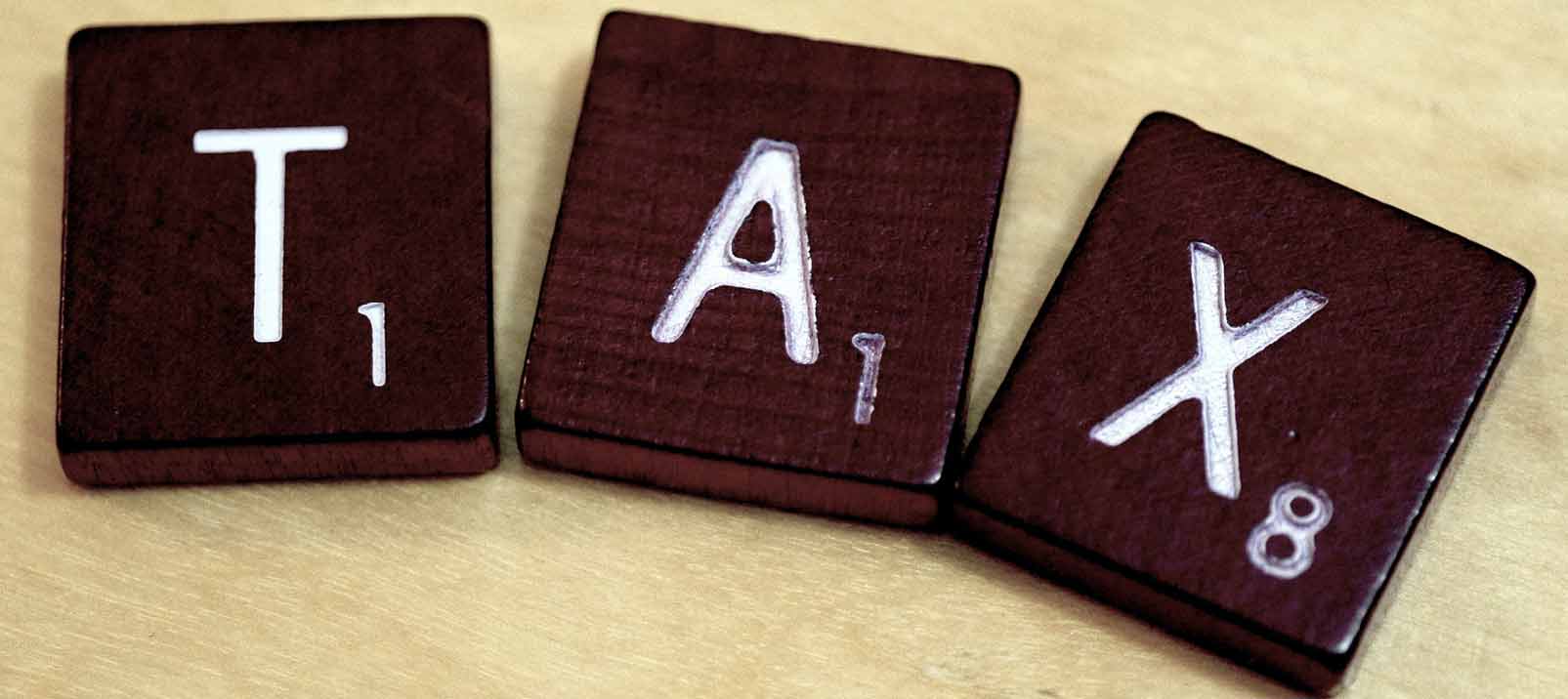The UK government incentivizes investors to support small fledging companies with significant tax credits via SEIS.
Seed Enterprise Investment Schemes may not be the best known type of investment, but there is plenty to recommend this relatively new addition to the range of tax-efficient investment vehicles available to high net worth investors.
Overview
SEIS vehicles were introduced by the government in 2012 to encourage investment into UK start-up businesses. They are an extension to the original EIS, which concerns small to medium enterprises with up to 250 employees, but offer even more generous tax reliefs because they represent a higher level of investment risk (never forget that the a big proportion of start-ups fail within their first few years).
Investing in untried, unlisted businesses certainly represents a higher level of investment risk, which will warrant an in-depth discussion with your financial adviser. However, the tax benefits SEIS investments hold out are difficult to ignore. Like their better-known predecessor, SEIS vehicles have many tax planning applications. They can be a form part of a strategy to minimise the inheritance tax liability on your estate, for example.
How it works
SEIS investing, like EIS and Venture Capital Trust vehicles, can be very appealing for the tax reasons outlined below. However, all these vehicles carry strict rules about the companies vehicles can invest in, how these investments are managed and – most importantly – how investors can obtain tax reliefs. You have nothing to fear with a reputable SEIS provider, but there are significant risks associated with selecting the wrong one.
Income tax relief
(Details correct for the 2014/15 tax year)
Investors in an SEIS fund can get a massive 50% income tax relief on their subscriptions, irrespective of their marginal income tax rate.
You can invest up to a maximum of £100,000 in SEIS vehicles each tax year. There are calls, however, for the limit to be upped to £250,000 so that UK businesses can grow faster (and to align better with the £1 million annual EIS investment limit). The EIS limit has been raised by successive governments since their launch in the 1990s, underscoring just how the strong the political will behind these kinds of investments is.
Capital gains tax relief
Any profits you make from the disposal of SEIS shares are exempt from CGT, provided you have held them for three years.
Inheritance tax relief
SEIS shares can fall outside of an investor’s estate after being held for just two years. This feature is down to the fact that SEIS companies may qualify for Business Property Relief and also applies to EIS investments. They can therefore be a useful addition to the estate planning armoury.
Reinvestment relief (and carry-back)
Reinvestment relief could be a very effective strategy for you to deploy, but this is an area where financial planning can get quite complex.
When SEIS vehicles were first introduced, the government decided that if capital gains (from any kind of disposal) were reinvested in SEIS-qualifying vehicles by 5 April 2013, then they would be exempt from CGT (at 28%). This exemption was then partially extended into the 2013/14 tax year, at a half rate, offering investors 50% CGT reinvestment relief for gains which crystallised from 6 April 2013. Crucially, SEIS investments have a “carry back” feature (as do EIS investments, but not VCTs) which means that gains realised in the 2013/14 tax year can be reinvested in the year to 5 April 2015. The half-rate CGT exemption will still apply as if the funds had been deployed in the previous tax year. Combining income tax relief at 50% and 50% reinvestment relief on CGT (at 14%) investors could only really be putting 64 pence out of the pound at risk.
Loss relief
Just as for EIS investments, SEIS investors can benefit from significant downside protection. If SEIS shares become completely worthless then top-rate taxpayers can obtain loss relief of 45% on their “actual” investment (the original amount less the 50% income tax relief), which would be a loss relief of 22.5 %. Furthermore, if an SEIS investment represented reinvestment, and the 50% CGT exemption was deployed, it is possible that an SEIS vehicle could protect 86.5% of an investor’s capital.
Investing in start-ups can be a risky business, but the fact that potential losses can be limited to a maximum exposure of 13.5p out of the pound could well be tempting. Your wealth manager will be able to illustrate the impact of these investments on your portfolio and help you decide if they are a suitable investment opportunity.
Selecting SEIS investments
The tax incentives on offer through SEIS vehicles are certainly very attractive, but – as for all tax-efficient investments – it is essential that you consult your investment adviser to decide if they really are the best option for you.
![]()
SEIS vehicles – if carefully managed by an experienced firm – can give you access to the growth of exciting new companies. Many people like the idea of supporting UK entrepreneurialism and some SEIS companies even offer their investors the chance to get involved with the businesses they back, if they are so inclined.
SEIS vehicles are a relatively new area of investment, but your wealth manager will be able to take you through all the opportunities – and risks – they represent in-depth.
To discover which wealth managers precisely suit your needs simply try our smart online tool.




